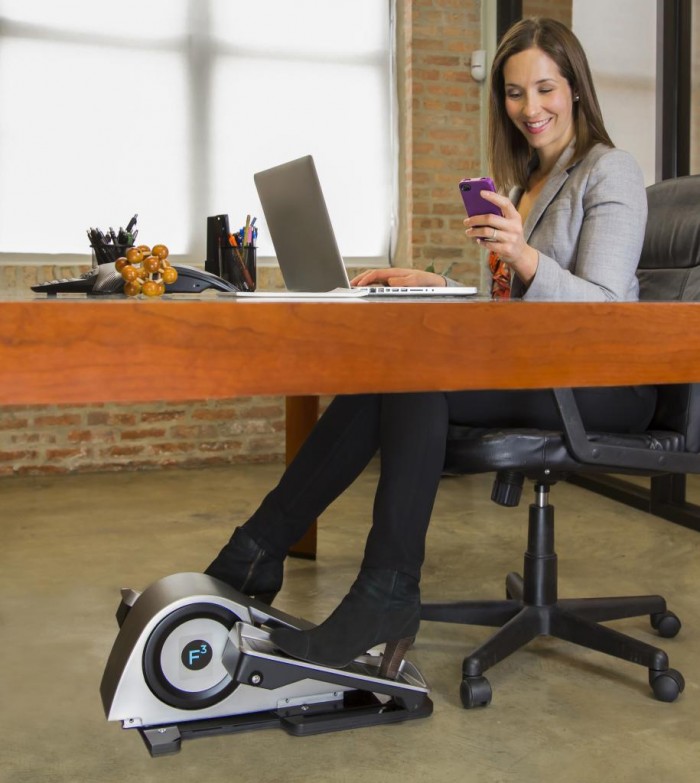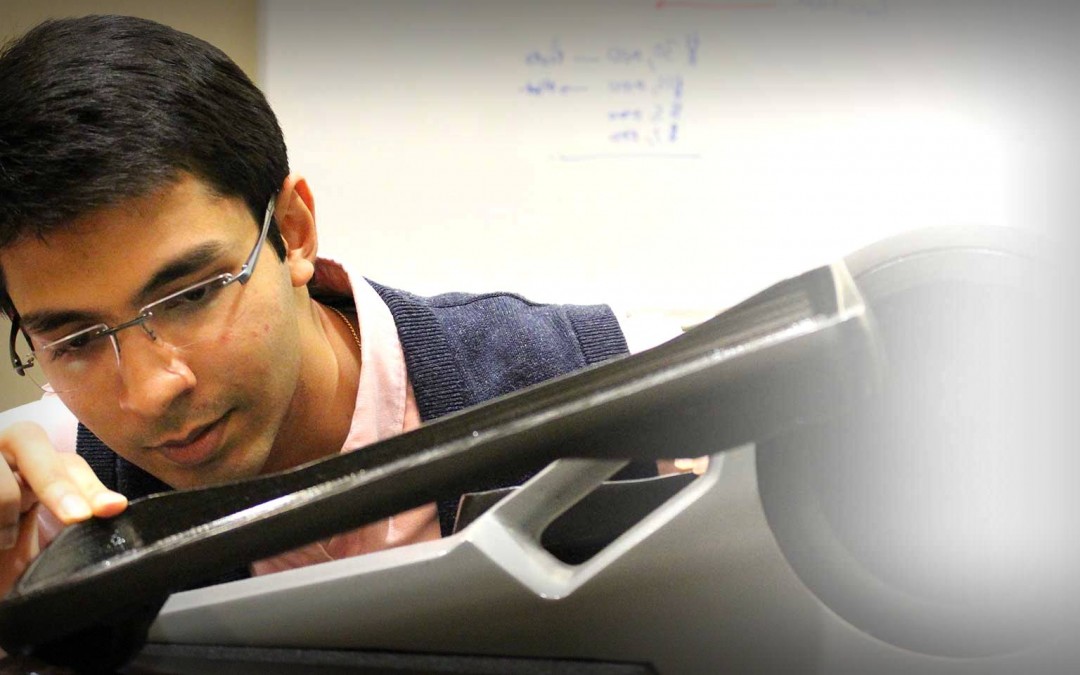Guest post by Arnav Dalmia, Co-Founder, FitnessCubed*
(Michael Gaiss, the VDC’s EIR and Founder of ThinkB1G, scours the nation for top startup talent. When he met Arnav Dalmia at the University of Chicago, he immediately thought he would be a good fit for the Global EIR Program. We came to know Annav very well, and helped him where we could. (His team ended up securing O-1 visas and remains in Chicago.) Along the way, we realized that Arnav was writing the playbook on how a hardware + software company successfully takes flight. He generously shares what he learned in this first of a two-part post.)
Very often, I had heard the phrase “Hardware is Hard”. Is it really true? I’ve always been intrigued by billion dollar software companies but when it was time to start my own company, I chose the hardware-software route. Software isn’t easy to begin with, but adding a layer of hardware makes it all the more difficult. With a founding team of economists and biologists, why did we make this decision? Because the problem we were trying to address demanded this and we made sure we were laser-focused on the problem. We were so focused on the problem that we didn’t think about the skills that were needed to bring the idea to reality – until we were neck-deep into the business and liable to deliver 1500 products that we pre-sold.
To give you context, FitnessCubed builds smart fitness products that integrate light exercise into a person’s life. Our first idea was Cubii, a smart under-the-desk elliptical trainer that helps office workers stay active in the workplace. When we started, there was no compact, affordable fitness device for the office environment, so we set out to make one. We also wanted to ensure the device was plugged into the connected fitness ecosystem, so people could keep track of their exercise via an app and sync with other fitness trackers. We launched Cubii through a crowd-funding campaign that ended up being one of the most successful crowd-funded campaigns from Chicago in 2014. Through this 2-part blog post, I want to share lessons that we learnt starting a hardware-software business so that folks who are considering starting their own business don’t make the same mistakes we did.
Bringing any product to life is a long process, and patience is key. It took us almost 9 months to take our idea and make it ready for Kickstarter. These are just a few things we learned as well as pitfalls that other founders can avoid:
Industrial design is key but functionality is king
 While creating Cubii, our first focus was on the visual appeal and aesthetics of the product. As such, we did not consider some of the most important features of the product, and how they would be implemented from an engineering perspective. Consequently, this led to numerous design revisions during manufacturing. Since we had promised a certain aesthetic to our Kickstarter backers, we had an additional constraint of staying as close to the original aesthetic as possible. In hindsight, we would have used a basic form factor, freeing up more time for implementing features and deciding where they would be located, and thinking about industrial design. I would make sure that a professional engineer has reviewed the design before proceeding to industrial design.
While creating Cubii, our first focus was on the visual appeal and aesthetics of the product. As such, we did not consider some of the most important features of the product, and how they would be implemented from an engineering perspective. Consequently, this led to numerous design revisions during manufacturing. Since we had promised a certain aesthetic to our Kickstarter backers, we had an additional constraint of staying as close to the original aesthetic as possible. In hindsight, we would have used a basic form factor, freeing up more time for implementing features and deciding where they would be located, and thinking about industrial design. I would make sure that a professional engineer has reviewed the design before proceeding to industrial design.
Less can be more
Often times, inventors are guilty of trying to achieve too much with their first product. We were no different. Cubii was supposed to include a generator so that users could power the device with their own exercise and use the additional energy to charge their cell phones. We spent at least 3 months trying to source a generator that was small, quiet, and powerful to meet our needs. Although this sounds like a cool feature to have, it was not a “make or break” feature of the product nor was it the reason backers were interested in Cubii. People were interested in the exercise functionality and the interconnectivity with other fitness trackers – that’s it! The generator was nice to have but not essential. Founders must think about the most important features that are needed to launch the product. It is much better to launch the product sooner than later, gain feedback, then launch a second version than delay product launch because you want to throw every feature into version 1.
Cash, cash, and (some more) cash
There are two very common reasons why products fail before they even launch. One reason is because founders underestimate the cost of bringing a product to market. The second reason is incorrect pricing. I cannot stress enough the importance of considering both of these things. Crowd funding is a great way to launch a product, seek early adopters, as well as validate an idea for a product, but more often than not, the funding by itself is not sufficient to cover the fixed costs associated with hardware manufacturing. I highly encourage founders to think about angel investors and other sources of funding even if they are planning to launch a crowd funding campaign. Building a product always costs more than anticipated and it is important to have some buffer. Pricing the product is also critical. Analyzing the price points of competitors’ products is a great way to start thinking about pricing, but it is also important to be realistic and analyze your own supply chain costs prior to pricing your product. Larger companies have a lot of leverage on their suppliers, which helps them drive their cost down. As a startup, most often, we don’t have that leverage, making it important to take a realistic approach and assess your supply chain.
After making a bunch of mistakes (some of them described above), we finally made a functional, though not perfect prototype, and launched it on Kickstarter.
For folks who have already reached the prototype stage, congrats! That’s a big win and one to celebrate! However, keep in mind that it is only the beginning of a long journey before your product can reach the hands of thousands. Stay tuned for part 2 where I share what we learned about Kickstarter campaign.
 *About the author:
*About the author:
Arnav Dalmia graduated from the University of Chicago in 2013 with a degree in Economics. He founded FitnessCubed while still in college. FitnessCubed’s first product, Cubii, was 367% funded on Kickstarter, raising almost $300,000. Cubii touches a pain point recognized by many and drew the attention of national media as well as Chicago’s Mayor Rahm Emanuel along with support from the Clinton Foundation.
